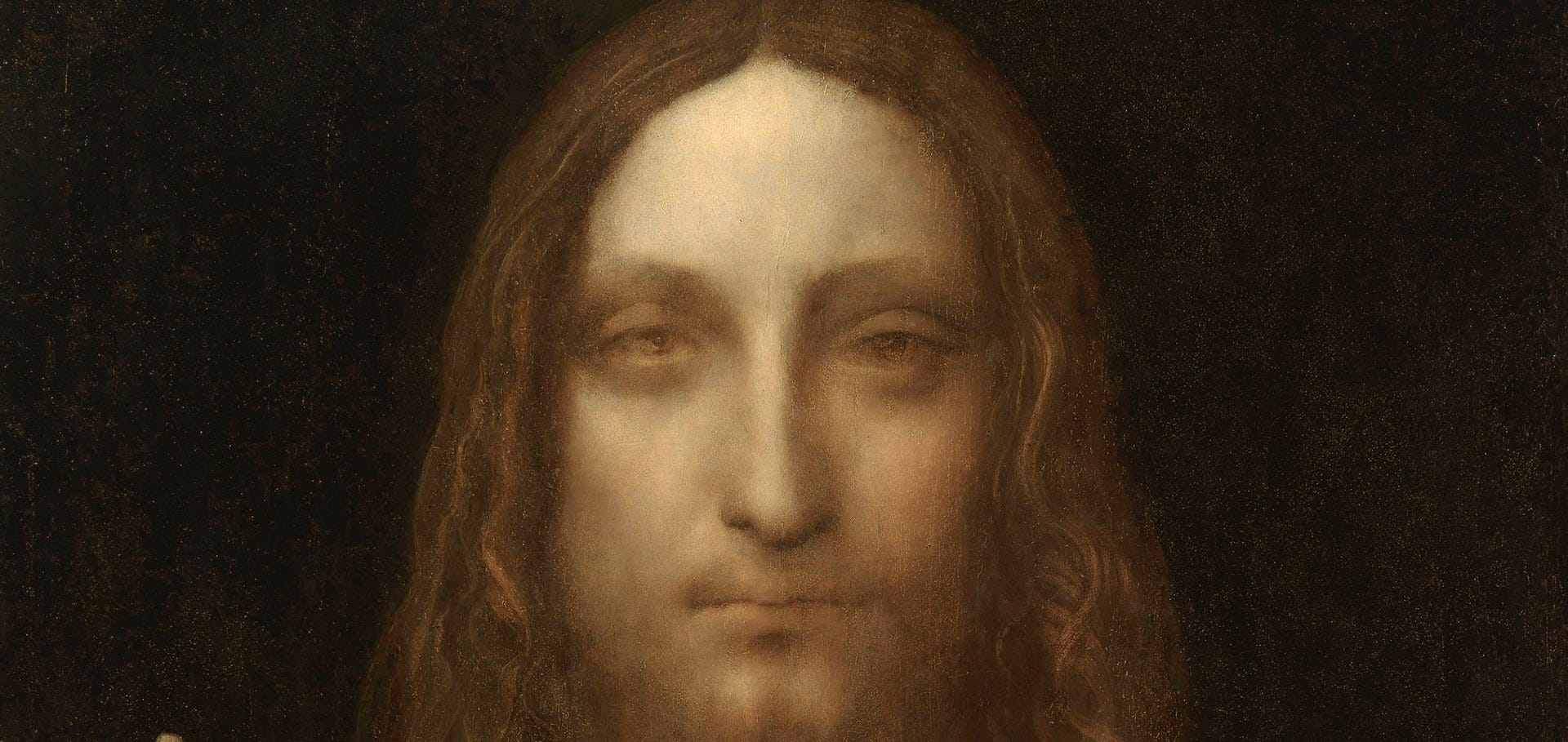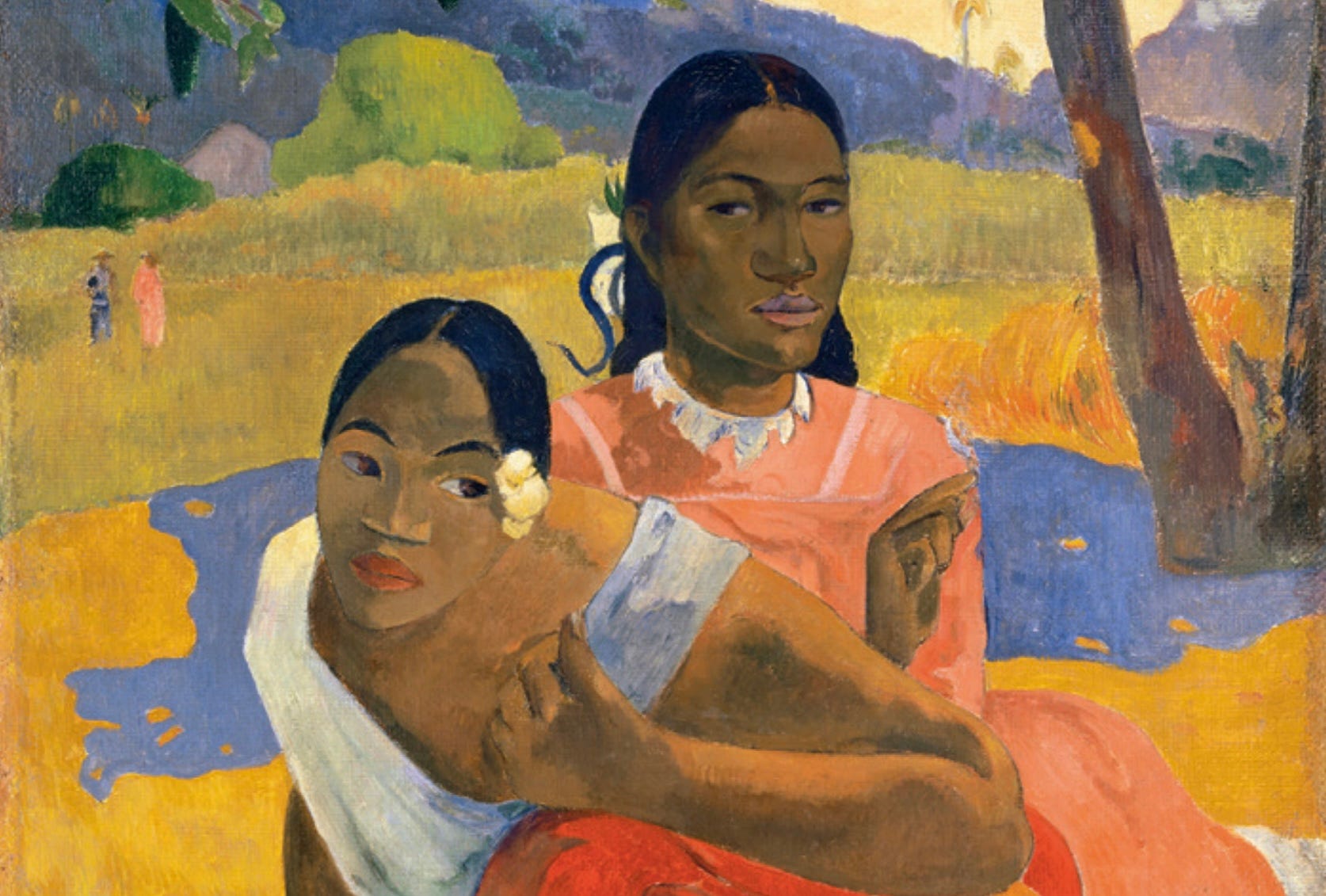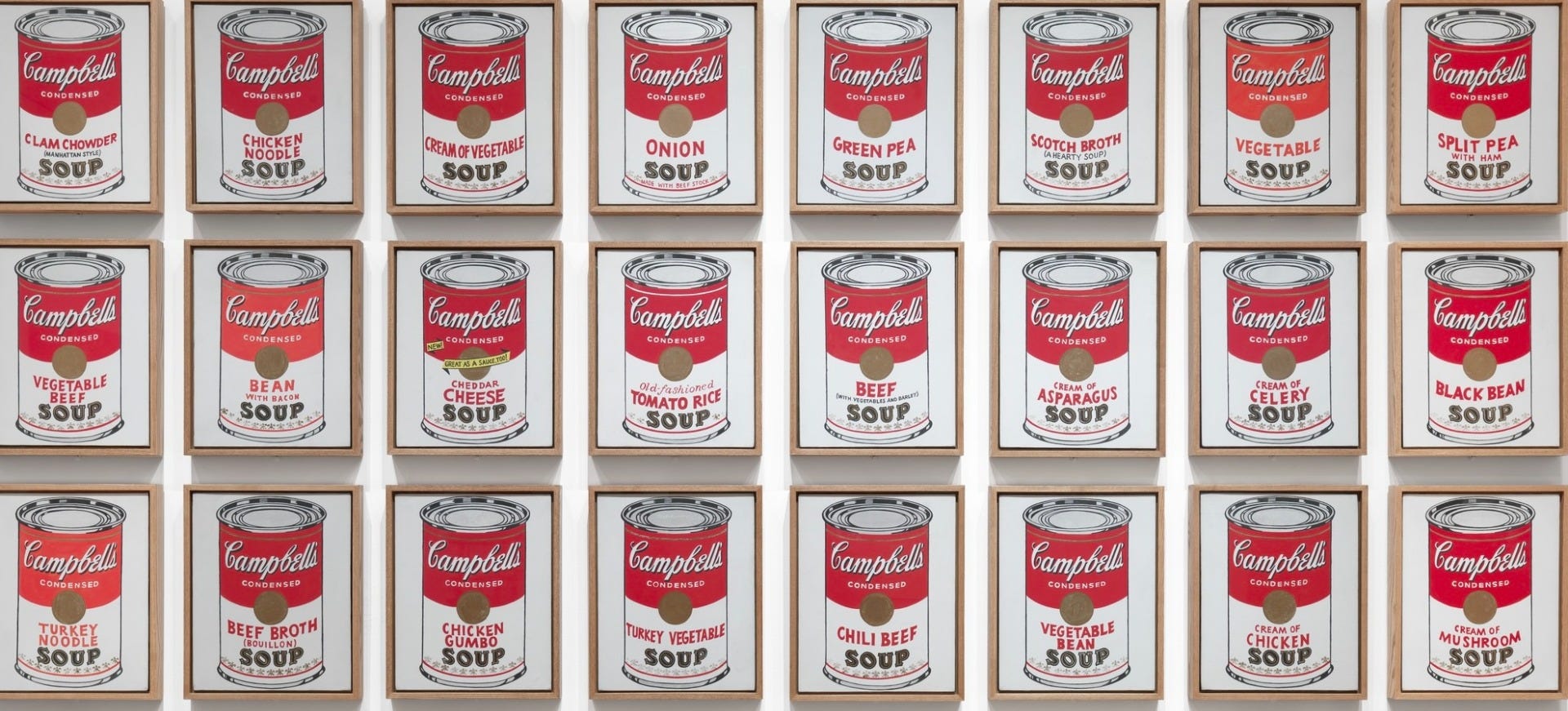Picasso and Women: A Deep Dive into His Complex Relationships
- Jul 11, 2024

Image: Pablo Picasso, “The Dream,” 1932. Portrait of Marie-Thérèse Walter.
Pablo Picasso, one of the most famous and influential artists in history, is renowned for his groundbreaking contributions to modern art. However, his personal life, particularly his relationships with women, reveals a darker side to his genius. Picasso had an insatiable desire to seduce and control the women in his life, leaving behind a trail of broken hearts and lives profoundly affected by his charm and cruelty. While we often hear about celebrities exhibiting narcissistic tendencies, Picasso’s treatment of the women he was involved with remains one of the more notorious examples in art history. Even though he would often begin relationships with affection and admiration, they almost invariably ended with betrayal and abandonment, with Picasso moving on to the next object of his obsession. These women, who were not only his muses but also central figures in his creative process, profoundly shaped his work. Yet, their stories are often overshadowed by his artistic achievements. Here, we explore the lives of some of the women who played significant roles in Picasso’s life and art.
Fernande Olivier
The first long-term relationship of the famous artist, Fernande Olivier, was a French artist and model who met Picasso in 1904 in Paris. At the time, she was still married, and their affair had to be kept secret. Fernande was a significant influence on Picasso during what is now known as his Rose Period, characterized by warmer tones and themes of love, acrobats, and circus performers. Their relationship lasted for seven years, a time during which Fernande became not only his lover but also his muse and model, appearing in many of his works from this period. However, as was often the case with Picasso, the relationship ended when he developed affections for another woman, marking a pattern that would repeat throughout his life.
Olga Khokhlova
Olga Khokhlova, a Russian ballerina, was Picasso’s first wife. They met in 1917 when Picasso was designing the ballet Parade for Sergei Diaghilev’s Ballets Russes. Their courtship was swift, and they married in 1918. Olga’s refined and aristocratic presence brought a new elegance to Picasso’s work during this time, inspiring a series of portraits that are among his most celebrated. One of the most famous is Portrait of Woman in D’hermine Pass, which reflects Olga’s grace and beauty. Their marriage, however, was far from blissful. As Picasso’s fame grew, so did his infidelities. The marriage deteriorated when Picasso began an affair with Marie-Thérèse Walter in 1927. Olga, devastated by the betrayal, separated from Picasso in 1935. She sought a divorce, but Picasso, ever calculating, refused to finalize it to avoid losing half of his wealth. The couple remained legally married until Olga’s death in 1955.
Marie-Thérèse Walter
Marie-Thérèse Walter was only 17 years old when she met Picasso, who was 44 at the time. Their relationship began in 1927, and Marie-Thérèse quickly became one of Picasso’s most important muses, inspiring some of his most iconic works, including the Vollard Suite etchings and The Dream (Le Rêve). Marie-Thérèse’s youth and vitality provided a stark contrast to Picasso’s troubled marriage with Olga, and this dynamic fueled much of the intensity in his work during this period. However, as was typical for Picasso, the relationship was marred by betrayal. In 1936, Picasso began another affair, this time with the artist Dora Maar, effectively ending his relationship with Marie-Thérèse. The affair with Maar became public knowledge when it was revealed that Marie-Thérèse was pregnant with Picasso’s child, a revelation that devastated Olga and further complicated Picasso’s personal life. Marie-Thérèse remained devoted to Picasso even after their relationship ended, but she never fully recovered from the emotional toll it took on her.
Dora Maar
Dora Maar, a talented photographer and painter, met Picasso in 1936, and their relationship became one of the most intense and tumultuous of his life. Dora was fiercely independent and intellectual, qualities that initially attracted Picasso. However, their relationship was characterized by power struggles and emotional abuse, with Picasso often pitting Dora against his other lovers. Despite this, Dora’s influence on Picasso’s work was profound. She was instrumental in documenting the creation of Guernica, one of Picasso’s most famous and politically charged paintings. Her presence also marked a shift in Picasso’s work towards more surrealist and darker themes, reflecting the turmoil in their relationship and the broader context of the Spanish Civil War. Unlike some of his other muses, Dora’s influence on Picasso was not limited to her physical appearance; her intellectual and artistic input also shaped his work during this period. Their relationship ended in 1943, leaving Dora deeply scarred. She struggled with mental health issues for the rest of her life, never fully recovering from the psychological impact of their time together.
Geneviève Laporte
Geneviève Laporte was a young French woman who entered Picasso’s life in 1951. Their relationship was brief, lasting only six weeks, but it had a lasting impact on both Picasso and his work. Geneviève was 24 years old when she met Picasso, who was then 70. Despite the significant age difference, Geneviève’s youthful energy and intelligence captivated Picasso. Some art historians refer to this short period as the “Geneviève Period,” highlighting the intensity of their connection and the influence it had on his work during this time. While Geneviève did not remain in Picasso’s life for long, their relationship is a testament to the artist’s relentless pursuit of new muses, regardless of the emotional cost to those involved.
Françoise Gilot
Françoise Gilot, an accomplished painter and writer, was one of the few women who managed to leave Picasso on her own terms. They met in 1943, when Gilot was 21 and Picasso was 61. Unlike many of Picasso’s previous relationships, which ended with the woman being discarded, Françoise was the one who chose to walk away after a decade-long relationship. During their time together, Françoise bore Picasso two children, Claude and Paloma, and became a significant influence on his later work. However, Picasso’s domineering personality and infidelities took a toll on her, leading her to leave him in 1953. Françoise later documented her experiences in the book Life with Picasso, offering a rare and candid insight into the complexities of their relationship. Despite Picasso’s attempts to discredit her after their separation, Françoise emerged as a successful artist and writer in her own right, one of the few women in his life who managed to escape his shadow.
Jacqueline Roque
Jacqueline Roque was Picasso’s second wife and his last great love. They met in 1953, shortly after Françoise Gilot left him, and married in 1961. Jacqueline was 26 years old when they met, while Picasso was 72. Her devotion to Picasso was absolute, and she became his constant companion and muse for the remaining 20 years of his life. Picasso was so captivated by Jacqueline that he painted her portrait over 160 times, more than any other woman. Her presence marked the final period of Picasso’s career, often referred to as his “Jacqueline Period,” characterized by more abstract and expressive works. Jacqueline played a crucial role in managing Picasso’s estate after his death in 1973, ensuring that his legacy was preserved. She was instrumental in establishing the Musée Picasso in Paris, but the burden of Picasso’s legacy took a severe toll on her. Jacqueline, deeply affected by Picasso’s death and the legal battles that followed, tragically took her own life in 1986.
Final Thoughts
Picasso’s relationships with women were as complex and multifaceted as his art. While his genius is undeniable, it is equally important to acknowledge the emotional and psychological toll he inflicted on those closest to him. These women were not merely passive muses; they were individuals with their own talents, ambitions, and desires. Their stories deserve to be told not just as footnotes in Picasso’s life but as integral parts of the history of modern art. By understanding the full scope of Picasso’s relationships, we gain a deeper appreciation for the human costs behind the masterpieces that continue to captivate the world.






